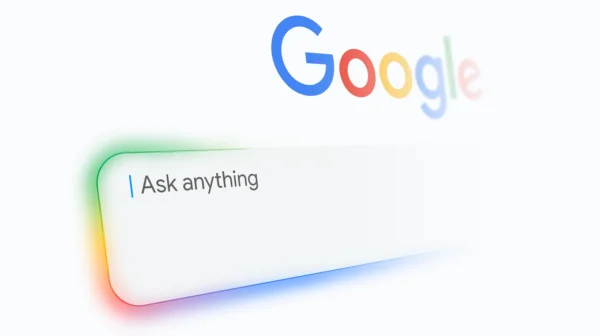Journalism in France: Learnings from the other side
Having worked as a journalist for a couple of years in France and now working on the other side, in digital PR, I have had the opportunity to immerse myself in both sides of the media landscape. From working on the art and design desk, and spending some time working on cultural stories, I was on the receiving end of many, many press releases, and now I’m the one sending them. Here are some of the main insights and lessons I’ve gathered from my experiences.
French journalism in the digital age
The last decade has been challenging for French journalism with the introduction of new jobs (web editor, editorial webmaster, editorial developer). In every French newsroom, you will find a team dedicated to web journalism. Be careful when sending press releases as if it falls in the hands of the print team, it may be a wasted opportunity. Similar to the UK, journalists have their specialities and niches: culture, sport, fashion, design, etc. If you pitch a sports press release to a fashion journalist, they will not transfer your email or reply to you.
In your press releases, don’t hesitate to add multimedia content. Journalists appreciate having visuals, quotes, and other interactive assets. As a public relations professional, sending infographics or visuals with some key points about a story is often more effective than a traditional content-heavy press release. These visual materials are more likely to be picked up by journalists, as they stand out from the numerous press releases everyone else is sending. Moreover, journalists often need visuals to accompany their stories, making your submission more valuable and immediately usable.
Quality is never sacrificed in the French press
Much like in the UK, French journalists place the highest value on the quality of their articles. Publications like Architectural Digest France, The Good Life, and Ideat are known for their in-depth reporting, thorough research, and high production standards. This emphasis on quality is evident in the meticulous fact-checking, extensive interviews, and well-crafted narratives that characterise French journalism.
The importance of a strong data campaign
Working in this environment in journalism has taught me the importance of taking the time to produce well-researched and thoughtful pieces. The French approach to journalism prioritises depth over speed, ensuring that readers receive comprehensive and insightful coverage and data. This focus on quality not only enhances the credibility of the media, but is also an important aspect to keep in mind when writing your press release. French journalists are not used to digital PR; they will only include a link if they think it is relevant in helping readers to find more details or information.
The big why?
“Why” is one of the main questions French journalists want to answer in an article, especially if you present them with a novel methodology or new pieces of data. For example, they will ask you, “Why is this region at the top of this ranking?”, “Why is a certain data point high?”, or “How many people have you questioned?”. To find out these answers, French journalists love to put PR professionals under the spotlight, and they will also call you to get answers quickly to publish the article before everyone else. So don’t be afraid of phone calls when you’re working with a journalist.
Why wordplay is important in French journalism
Make journalists smile, and they will cover the news. Wordplay aims to do just that, sometimes with a touch of irony, sarcasm, or even mockery. The publication Libération is particularly known for employing this technique.
The role of public vs private press
In France, the prominence of the public press sector is significant, including major outlets like France Télévisions and Radio France. These umbrella outlets house the main newspapers and radio stations in France such as Radio Inter, France Blue, France 2, or France 3. Unlike public service media, private publications are characterised by having their assets owned by private groups. Private media also derive their income from advertising agencies and, of course, from paying subscribers. For example, Le Monde is part of the Le Monde group, owned by various entities. Public media prioritise impartiality and public interest, while private media focus on audience engagement and owner interests.
Here we’ve stepped into the world of French media, gaining a fresh perspective from my experience as a seasoned journalist who has worked with various publications. Understanding the French media landscape reveals how crucial it is to adapt your approach. This means not only crafting well-researched press releases but also exploring different methods for securing links and understanding the differences between public and private media.
As a business looking to expand your digital presence in France, it’s crucial to find support from a team that knows the journalism landscape inside out. Find out more about how the international digital PR team at Distinctly approaches the French PR market.



